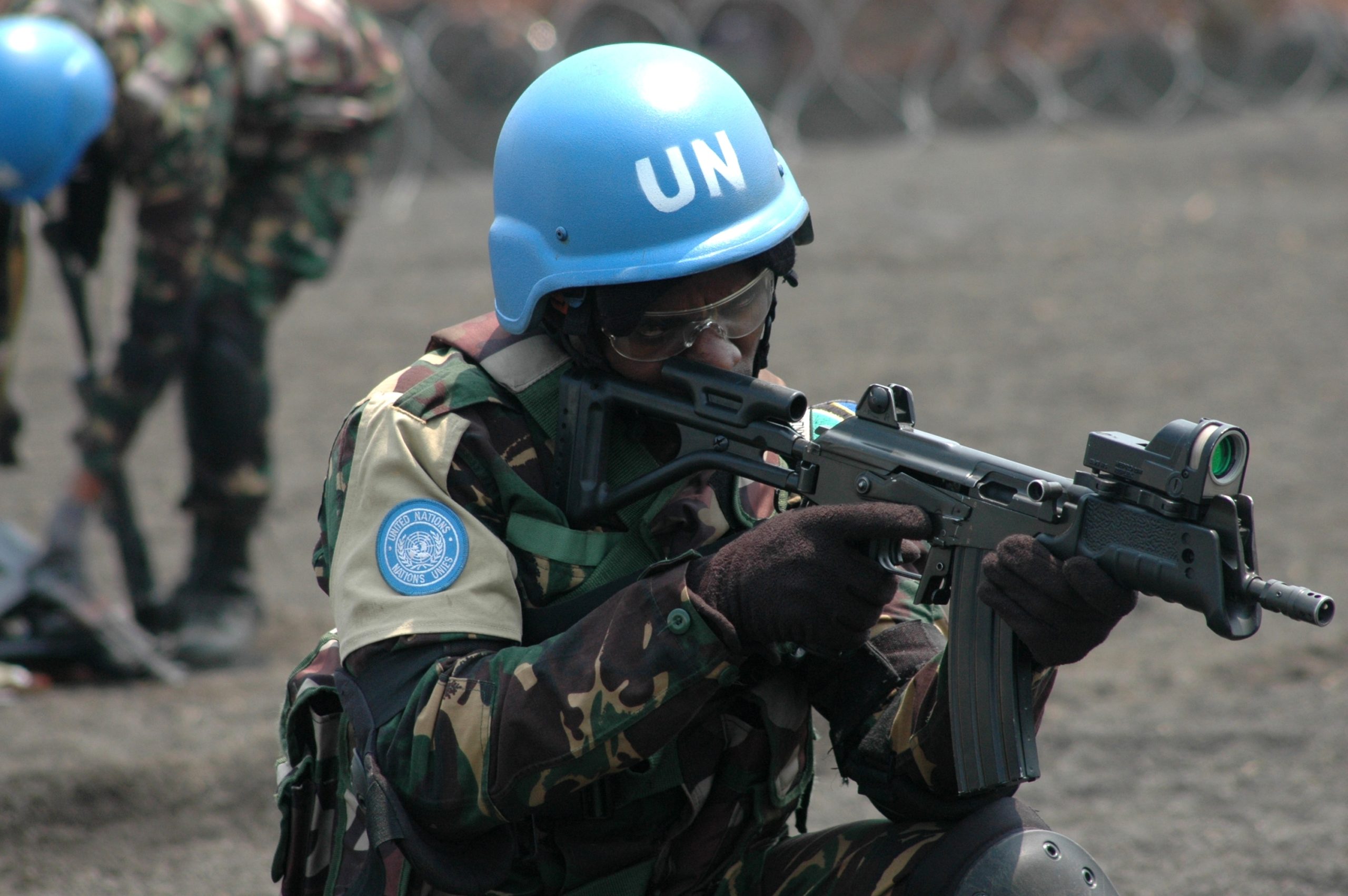
Peacekeeping Armies: How The Politics of Peace Operations Shape Military Organizations

Since the early 1990s fewer United Nations peacekeepers have come from western, democratic and richer states, compared to poorer, more autocratic and often unstable countries in Africa and Asia. A small number of troop-contributing countries (TCCs) have adapted their armed forces to perform the military tasks required for peacekeeping, consistently deploying a significant number of their soldiers in peace operations and making participation in them a top-tier priority, either consistently, throughout the last few decades, or since the mid-2000s. We submit that such states have developed a ‘peacekeeping army’.
What follows is the first attempt to theorize this concept, examine the motivations behind creating ‘peacekeeping armies’ and, more broadly, to identify the possible consequences for the soldiers, the TCCs and international peacekeeping as a practice. After summarizing how the term ‘peacekeeping armies’ has been used in popular discourse, we define a ‘peacekeeping army’ as one which has undertaken institutional reforms to regularly perform the military functions of peacekeeping at a relatively large scale—compared to the size of its active force— and has ranked international peacekeeping as one of its top-tier priorities. We then illustrate the relevant dimensions of the concept by analysing patterns of troop deployments to peace operations as well as official security documents from over 70 TCCs which set out the roles and tasks of their armed forces. In the second section, we discuss hypotheses about why a state might establish a ‘peace keeping army’ with reference to political, economic, institutional, normative and security motives. We also distinguish between ad hoc contributions and the more consistent troop contributions which define ‘peacekeeping armies’, illustrating the latter with examples from Burundi, Ghana, Rwanda and Uruguay. In a third section, we examine the impact and effects that ‘peacekeeping armies’ have on individual soldiers, states and global peacekeeping practices more broadly. The conclusion summarizes our main findings and identifies implications for policy.
Our article contributes to the literature on motives for providing peacekeeping troops, empirical and historical knowledge related to force generation for peace operations, and the broader effects that the provision of peacekeepers can have back home in the troop-contributing states themselves.
The rest of this article can be found on The International Affairs website.
(Photo credit: MONUSCO Photos, Flickr)